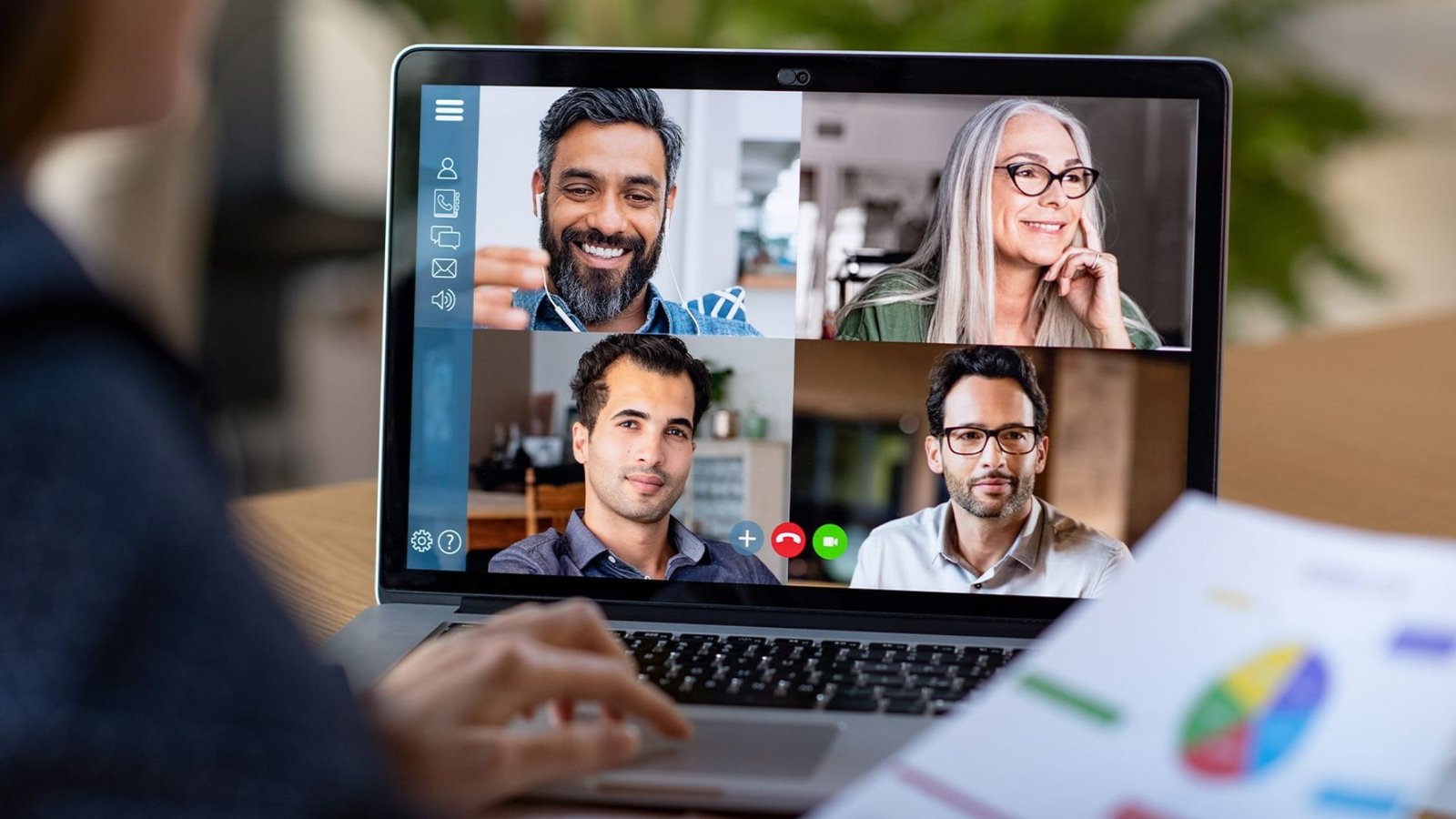Practices for Implementing Network Security in Video Conferencing
Implementing network security in video conferencing is crucial to protect your meetings from potential threats. As video conferencing becomes more common, ensuring the security of these sessions is more important than ever. In this article, we’ll outline the best practices for implementing network security in video conferencing to keep your communications safe and secure.
1. Use Strong Passwords
The first step in implementing network security in video conferencing is to use strong, unique passwords for each meeting. Avoid common passwords and consider using a password manager to generate and store complex passwords. This helps prevent unauthorized access to your meetings.

2. Enable Two-Factor Authentication
Two-factor authentication (2FA) adds an extra layer of security by requiring a second form of verification. Enabling 2FA for your video conferencing platform helps ensure that only authorized users can access your meetings, even if someone obtains your password.
3. Keep Software Up-to-Date
Regularly updating your video conferencing software is crucial for network security. Updates often include security patches that fix vulnerabilities. Make sure both your platform and any associated applications are always up-to-date to protect against the latest threats.
4. Use Encrypted Connections
Encryption is a key component of network security in video conferencing. Ensure that your platform uses end-to-end encryption to protect the data transmitted during your meetings. Encryption helps prevent eavesdropping and ensures that your communications remain confidential.
5. Restrict Meeting Access
Control who can join your meetings by using features like waiting rooms and password protection. A waiting room allows you to approve participants before they join the call, while password protection ensures that only those with the correct password can access the meeting.
6. Monitor Participant Activity
Monitoring participant activity during a video conference can help identify any suspicious behaviour. Many platforms offer tools to track who is joining the meeting and what actions they are taking. Use these tools to keep an eye on activity and address any unusual behaviour promptly.
7. Educate Participants
Educating participants about network security best practices is essential. Make sure everyone involved in your video conferences understands the importance of using secure passwords, avoiding phishing attempts, and reporting any suspicious activity.
8. Use Secure Networks
Conduct video conferences over secure, trusted networks. Avoid using public Wi-Fi or unsecured networks, which can be more susceptible to attacks. If you must use a public network, consider using a Virtual Private Network (VPN) to add an extra layer of security.
9. Implement Access Controls
Access controls help manage who can join and interact during a meeting. Set permissions for participants based on their roles. For example, limit screen-sharing and file-upload capabilities to only those who need them to reduce the risk of security breaches.
10. Lock Meetings
Once all participants have joined, consider locking the meeting to prevent unauthorized individuals from joining. Most video conferencing platforms offer an option to lock the meeting, which helps ensure that only invited participants can access the session.
11. Regularly Review Security Settings
Regularly review and update your security settings to address any changes in your network environment or video conferencing platform. This helps ensure that your security measures remain effective and up-to-date.
12. Use Virtual Backgrounds
Encourage the use of virtual backgrounds during video conferences to reduce the risk of unintentionally sharing sensitive information visible in physical backgrounds. Virtual backgrounds help maintain privacy and ensure that your meeting environment remains secure.
13. Disable Unnecessary Features
Disable any features that you don’t need during your meetings. For example, if you don’t need file-sharing capabilities or in-meeting chat, turn these features off. Reducing the number of active features can help minimize potential security risks.
14. Secure Recording and Storage
If you record your video conferences, ensure that the recordings are stored securely. Use encryption and access controls to protect recorded files from unauthorized access. Secure storage helps prevent sensitive information from being exposed.
15. Develop an Incident Response Plan
Have an incident response plan in place to address any security breaches or issues. This plan should outline steps to take in case of a security incident, including notifying affected parties and taking corrective actions. Being prepared helps mitigate the impact of any potential breaches.
Conclusion
Implementing network security in video conferencing is essential to protect your communications and sensitive information. By following these best practices—such as using strong passwords, enabling two-factor authentication, and monitoring participant activity—you can enhance the security of your video conferences and reduce the risk of unauthorized access. Keep your software updated and educate participants to maintain a secure and effective video conferencing environment.



